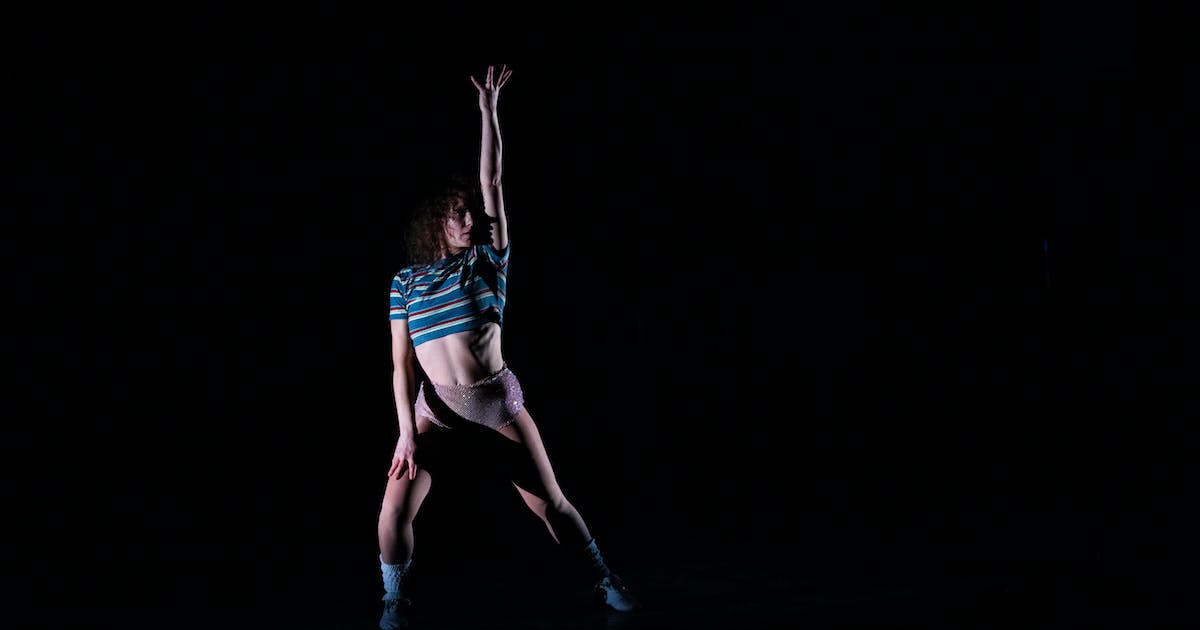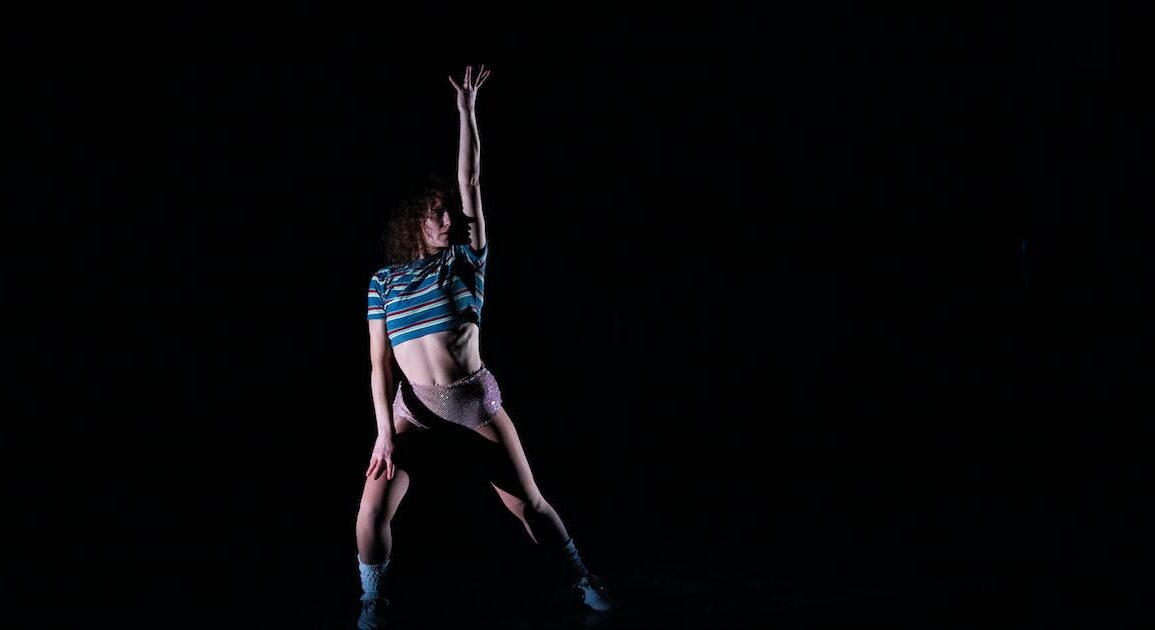
If David Lynch were to ever make a dance piece, it might look something like “Nail Biter,” choreographer Beth Gill’s work co-commissioned by the Walker Art Center. As often happens in Lynch films, the story line might not have been always easy to follow, but there’s something riveting happening, nonetheless.
“Nail Biter” weaved together different time periods and distinct characters, and emanated a mood that fell somewhere between sinister and apprehension. Set pieces designed by Thomas Dunn, such as the worn grand piano or backdrop of abstracted chandeliers, moved through different worlds in a segment that touched on themes of creation, rebirth and anxiety.
Dancer Jordan Demetrius Lloyd began the story, dressed in a vintage hat and coat paired with jeans, along with a pair of personal protective gloves that suggested he was either a healer or possibly a murderer.
The opening silhouette, part of Dunn’s lighting design, accentuated the dancer’s jester-like movements. After hopping onstage to the sound of the ocean, Lloyd rocked back and forth as if being pushed by waves. Jazz hands and heel clicking made up his movements, followed by a lyrical sweep of the arms, and a gestural representation of an airplane marshal.
Other characters floated in and out of the story, drawn from film noir, gothic horror, disco and post-apocalyptic fiction.
Gill herself crawled around the floor, covered in a white substance that rubbed off on the floor. She wasn’t scary to the other performers as much as she exhibited fear herself. Perhaps the character represented a ghost of our future who knows what is to come for the planet.
Baille Younkman’s costumes made the bold narrative gestures in Gill’s choreography come alive, adding emblematic touches that hinted at context without overpowering the abstract thrust of the show.
Meanwhile, Jon Moniaci’s sound composition had the ability to shift the tone of what was happening in a moment. His score lilted from seascapes to demolition zones, employing voices and off-stage sound effects (the program credits two people as being charge of the “thrown materials” off-stage).
The piece took on the precarity of being alive, and the unease we find ourselves each day as we go about interacting with other people. A balletic elegance made brief appearances inside of choreography. More often, the movement came out of an internal rhythm.
It was all an expression of the nail-biting plot that makes up human existence.
This post was originally published on this site be sure to check out more of their content.







